
We kindly inform you that, as long as the subject affiliation of our 300.000+ articles is in progress, you might get unsufficient or no results on your third level or second level search. In this case, please broaden your search criteria.

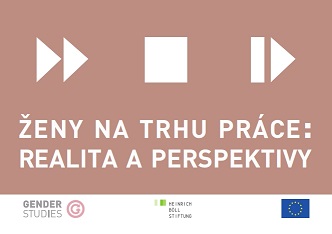
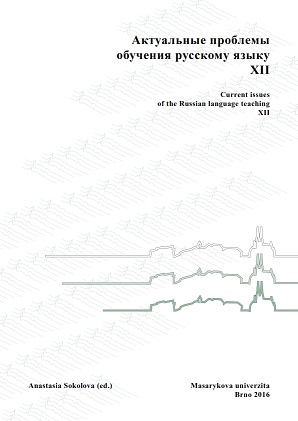
Nowadays students are digital natives. It means that they can’t imagine working, learning and living in a society without Internet. Modern teachers should meet student’s expectations and give them possibility to develop foreign languages by using internet and mobile technologies. This article deals with the topic of using Internet in teaching Russian as foreign language. There are presented internet resources and ways how to use them during the classes and in the self-work with the language. The given examples of working with internet can be useful in teaching students of Russian philology, students of other faculties learning Russian as foreign language and students at language courses.
More...
In the early days before smart phones, social media, and iPads, TESL teachers at AU were divided into two camps in their ideas of IT in language classes – those who were comfortable with modern technology and those who were concerned cables, cameras and screens would negatively transform the learning/teaching environment. I sat somewhere in‑between but when, shortly after a Diverse Conference (Developing Innovative Visual Educational Resources for Students Everywhere), an enthusiastic teacher at MU asked me if I was interested in bringing our classes together via videoconference, enthusiasm surpassed concern and I became part of the techie group. Both of us agreed lectures and presentations were not something we wanted in our ‘undivided’ (or divided by distance only) classroom. We intended to create a unique environment where students could interact with each other and not use this unique VC environment for Q & As after a presentation or lecture.
More...
The authors take a sociopragmatic approach to their use of videoconferencing. The feedback from their programme reveals not only the linguistic challenges of using English as a Lingua Franca but also the socio-cultural challenges inherent in exchanges between students from different countries and cultural backgrounds as well as at different stages of linguistic and emotional development. The programme contributes to raising students’ awareness of related issues and practical workarounds. It also shows how videoconferencing can open an international window while maximising the reassurance of a familiar setting in order to minimise the shock of the new.
More...
The author outlines a detailed range of practical measures to ensure the success of using videoconferencing to develop research writing. The examples given highlight the technical challenges, but effective solutions and measures are presented. Clear parameters are listed and explained in using videoconferencing, and the importance of grounding parameters such as co-presence, visibility and audibility is stressed. The importance of establishing a community focus of support with both students and teachers can help with key issues of giving, receiving and acting on feedback. The article features detailed feedback from students on the effectiveness of the programme.
More...
The authors focus on the needs of geographically disperse researchers, who are able to gain a sense of community and increase their confidence through videoconferencing. The article gives practical advice and shows how writing research groups can be set up and best supported. This chapter also presents how language educators can play a flexible role in facilitating such a programme and addresses relevant technical issues and workarounds. Key points and options relating to structure, timing and frequency are discussed in detail.
More...
The author highlights the intercultural aspects of global online communication and how videoconferencing can be an effective tool for developing intercultural skills. Key to successful programme delivery is developing strategies which promote a wide range of skills: communication, teamwork, and cross-cultural navigation. Such skills are especially relevant for today’s globalised workplaces and globalised workforce. The importance of role giving, taking and sharing and the way these influence group dynamics are discussed.
More...
The author provides a detailed case study and reflective account of the aBerNo project. The course, making full use of videoconferencing, covered all four language learning skills through the teaching of key academic skills. The article covers key stages in the course’s development and highlights the work expected and outcomes achieved. Many technology-related issues are discussed, as are assessment procedures. The author provides a personal insight into the workings of a carefully developed project designed to enhance both the linguistic and academic skills of high-level students.
More...
The authors highlight the processes and outcomes of videoconferencing using an active participation approach. Two contrasting student groups at different universities were able to participate in a varied programme of tasks using creativity to improve socio-linguistic skills. The course was task-orientated, with the learners generating or sourcing the majority of materials. A mix of the theoretical and the practical was used to underpin the programme.
More...
The author looks at key issues facing managers in establishing effective videoconferencing courses in higher education. The issues highlighted are of a practical nature, but ones which cannot be ignored by those in charge of managing resources, including creating the right physical space, looking at timing and intercultural questions, and making proper use of both physical and human resources. This chapter provides an overview and helpful checklist to maximise the added value and quality of courses for all stakeholders.
More...
This quick guide is a compilation of two videoconferencing booklets created for the Invite and Compact projects in 2008 and 2011, respectively. The aim of this guide is to inspire novice videoconference practitioners to deal with basic videoconferencing situations and challenges in an effective way.
More...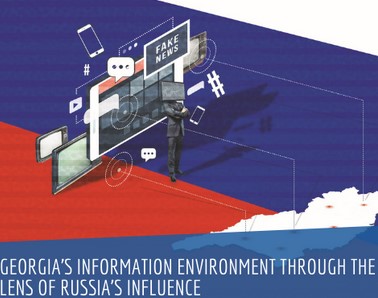
The developments following the 2020 U.S. presidential election, which took place during the writing of this chapter, have once more highlighted the problem of societal polarisation, information manipulation, and the influence of new information technologies on societies’ political decision-making and real-time behaviour. The 2021 storming of the U.S. Capitol, ‘the most recognized symbol of democratic governance in the world’, brought to fore questions around the collective responsibility of citizens, politicians, and tech giants to better understand, protect, and exercise freedom of speech in a time of disinformation. For example: What constitutes ‘harmful’ online content? Where does the border lie between online content that is protected by the right to freedom of expression and online content that should, or needs to, be regulated? Should tech giants be liable for the information they host? Do they have different obligations to society than other private companies do?
More...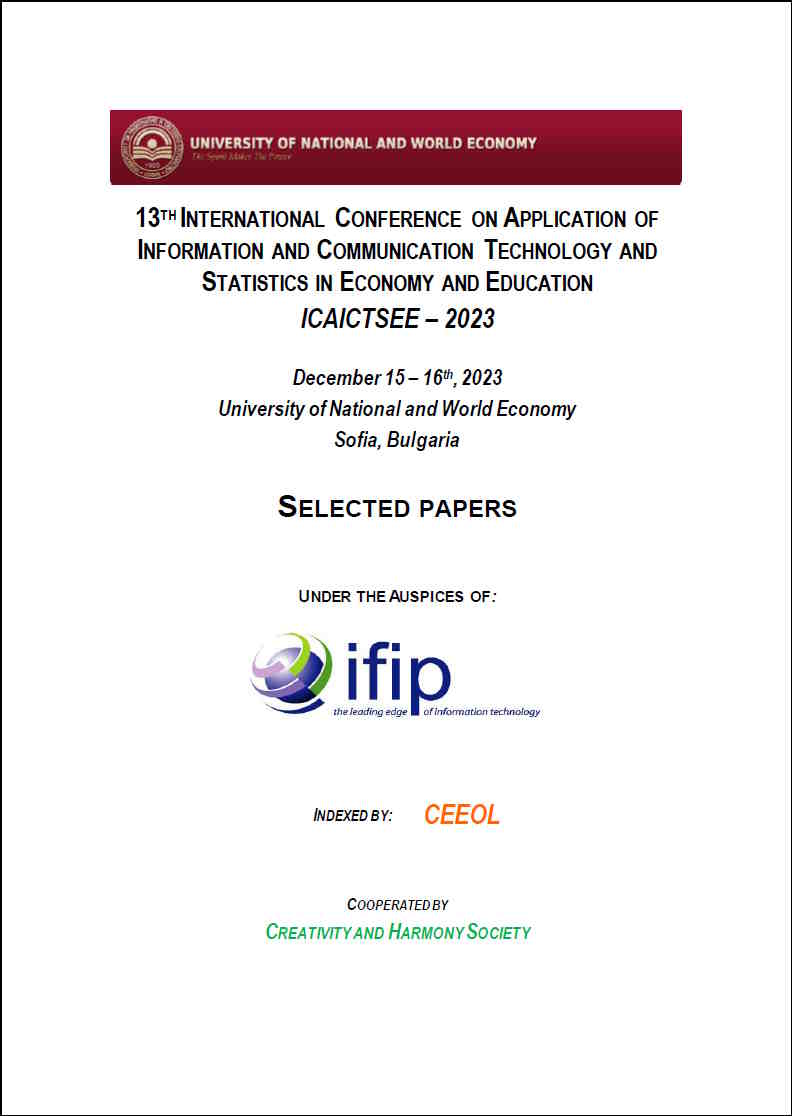
Ensuring practical cyber intelligence for a Security Operation Center (SOC) involves collecting, analyzing, and utilizing information about cyber threats to enhance the organization's security posture. This encompasses the gathering and analysis of data on potential and active cyber threats, including Indicators of Compromise (IoCs)" which refer to signs that a security breach may have occurred, while "Tactics, Techniques, and Procedures (TTPs)" refer to the methods and behaviours used by an attacker to carry out a cyber attack and utilized by threat actors. Additionally, it entails the use of advanced tools to monitor networks, systems, and applications for suspicious activities, such as the utilization of Security Information and Event Management (SIEM) systems, Intrusion Detection Systems (IDS), and Intrusion Prevention Systems (IPS). Furthermore, it involves developing and implementing plans to respond to security incidents, including identifying, containing, eradicating, and recovering from cyber-attacks. Regularly scanning systems for vulnerabilities and applying patches or mitigations to reduce the attack surface are also crucial components of cyber intelligence in the SOC. Lastly, monitoring and analyzing user and entity behaviour to detect anomalies that could indicate insider threats or compromised accounts is another significant aspect of effectively integrating cyber intelligence into SOC operations.
More...
The aim of this work is twofold. Firstly, we search to clarify the notion of Big Data (BD) and demonstrate that the taxonomy constitutes one of the fundamental tools to portray the BD characteristics. Secondly, we have shown that the traditional analysis instruments are now relatively obsolete to integrate such outstanding amount of data; consequently, new advanced analysis tools are recommended. Based on a neural network approach, we have found that this methodology improves the forecasting results of high volatility assets compare to a basic GARCH model.
More...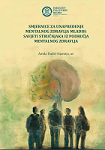
The significance of empathy for professionals in helping professions, as well as for those on the path to becoming such professionals, has long been recognized as a crucial and integral component in the helping process. As the foundation of successful social interventions, empathy enables practitioners to establish authentic relationships with clients and gain a deeper understanding of their needs, sufferings, and challenges. Although empathy is a fundamental competence in social work, its prevalence has been neglected, even somewhat forgotten, and the effects of its application in practice remain underexplored. This paper focuses on the theoretical understanding of the concept itself, an analysis of contemporary approaches to understanding and developing empathy, an assessment of professionals’ capacities, and its practical effects. In a time of rapid social changes and increasing digitalization, empathy has become one of the most essential, yet most threatened, competencies in helping professions. Recent research on the impact of digitalization on human relationships points to the challenges that technology poses in the development of empathy. Analyzing the effects of digital communication on interpersonal skills and social interaction can provide valuable insights into how modern societies shape individuals’ ability to cultivate empathy. While many contemporary authors warn about environmental risks as threats to empathy development, others highlight the benefits that modern technology can offer. A special focus is placed on educating social workers and those on the path to becoming such, in developing this important skill. Empathy is not a static trait; it develops through education, personal and professional experience, and particularly through practice. Of course, it is important to bear in mind that excessive emotional involvement without clear boundaries can lead to burnout, while a lack of empathy reduces the professional’s ability to effectively assist clients. Therefore, this is an important opportunity to confront these challenges and redefine empathy as a dynamic and necessary skill, not only for social workers but for society as a whole. At a time when solidarity and humanity are more needed than ever, empathy remains a fundamental strength that can guide us through the most difficult societal challenges.
More...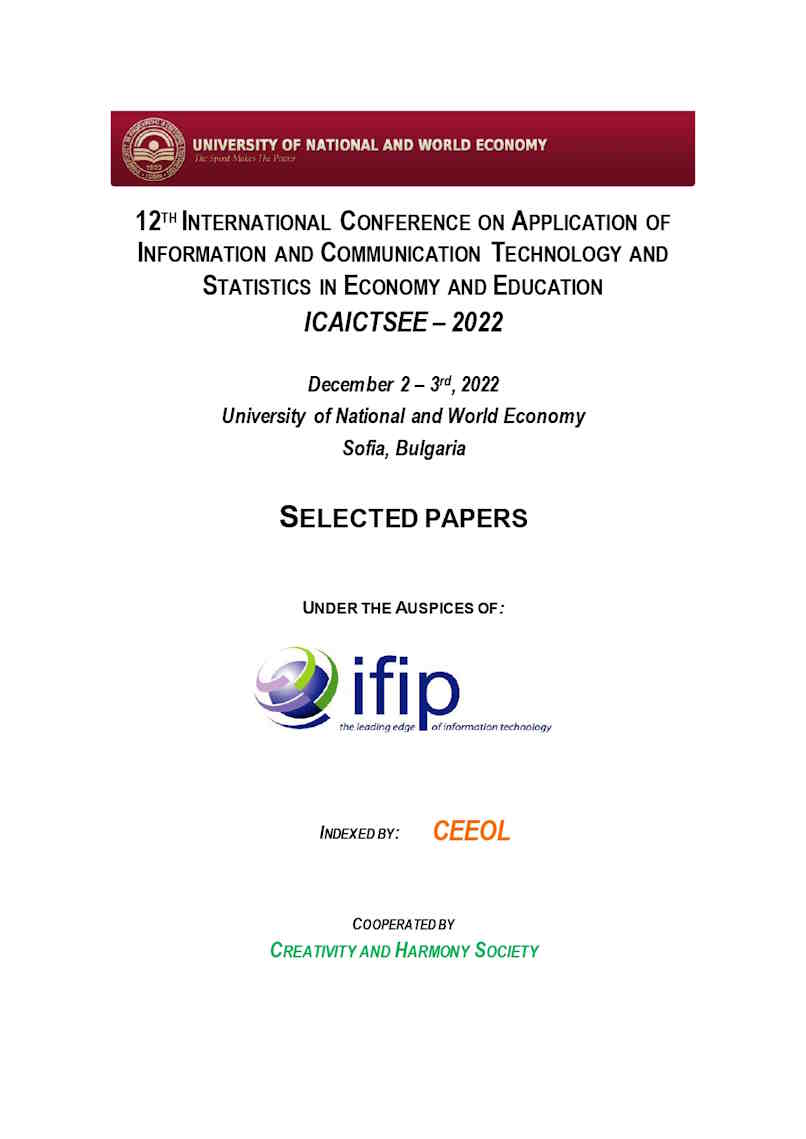
Intrusion Detection and Prevention Systems (IDPS) are critical components of modern cybersecurity infrastructure. These systems help organizations protect their networks and data by detecting and preventing unauthorized access, misuse, and attacks. However, choosing the right type of IDPS can be a challenging task due to the complexity of modern cyber threats and the diversity of IDPS solutions available in the market. This paper discusses some of the challenges in choosing the type of IDPS to increase the level of cybersecurity in an organization. For this purpose, a comparative analysis of the correspondence between IDPS types and their ability to protect against ransomware has been developed, using the classification of tactics and techniques by the MITRE ATT&CK framework.
More...
The report examines possible solutions for data parsing from web-based information systems. The essence of the concepts data parsing, web data parsing and web scrapping is presented. Existing methods for web scrapping in the context of web-based information systems are indicated. The report also examines the Python programming language in the context of parsing of pages in web-based information systems and covers the different ways to implement a web scraper programmatically. Finally, conclusions summarized from the study are presented regarding the possibilities for parsing pages in web-based information systems.
More...
People, intentionally or unintentionally, affect cybersecurity. They can contribute to its maintenance and development, but very often they compromise it. Without pretending to be comprehensive, the paper sheds light on the role of people and in particular the employees’ role in ensuring cybersecurity in the organizations and also as a source of threats. Some basic ideas about building and maintaining cybersecurity culture are presented.
More...
An analysis of the mathematical methods: Lyapunov's theory of stability and theory of bifurcations, as well as their possibility to be applied in the study of economic models, has been made. Mathematical examples are given that explain how to apply these methods. The possibility of their use in system-critical phenomena has been analyzed.
More...